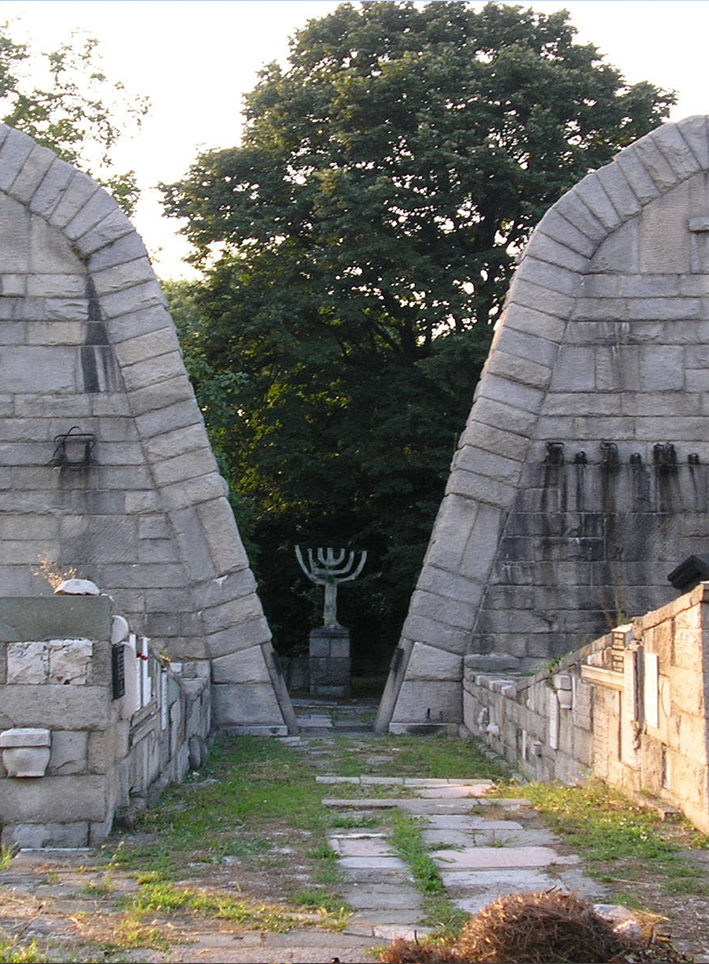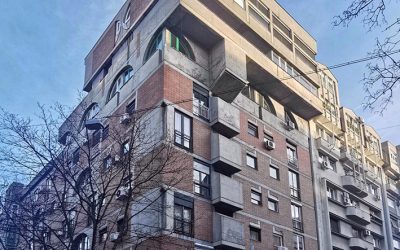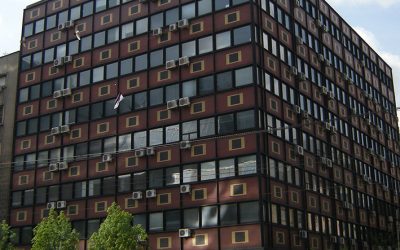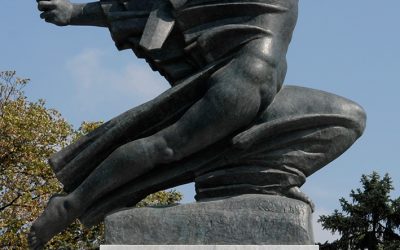BINA WALK
Guides: Milica Rožman, Dr Davor Stipić
Sunday, 21.05.2023, 10.00-12.00
→ Mije Kovačevića 1
During the period of urbanization and construction of Belgrade at the end of the 19th century, new city cemeteries were established. The Sephardic cemetery in Belgrade was formed in 1888, and the Ashkenazi cemetery parallel to the New Cemetery. In that period, the Sephardic Jewish community had its own cemetery located in Dalmatinska Street, which at the time of its foundation was located on the far outskirts of the city, but as the city expanded rapidly, the cemetery had to be moved again. Thus, the new Sephardic and Ashkenazi cemeteries were established in the area of Slavujev Potok, below Zvezdara, in today’s Ruzveltova Street. The area of the Jewish cemetery in Belgrade can be contextualized and interpreted in several ways. The monuments transferred from the old Jewish cemetery represent the first group and they are also the oldest monuments in this cemetery complex. The second segment consists of tombs with different architectural solutions, which represent the most representative tomb units at the Jewish Cemetery. Then, the third group consists of the Monument to fallen soldiers from the First World War and the Monument to the victims of the Holocaust – the work of architect Bogdan Bogdanović. Walk: Architecture and memory: Jewish cemetery in Belgrade – aims to introduce visitors to the aforementioned monumental units that can be seen at the cemetery. Through them, we will look at the contexts of how the cemetery developed, then the transformations that the cemetery went through from its formation until today, and finally the socio-political changes that the community went through.
Places - Available: 0 Reserved: 50 Approved: 0
Fill in form below to book place for the event
All the places are booked!








